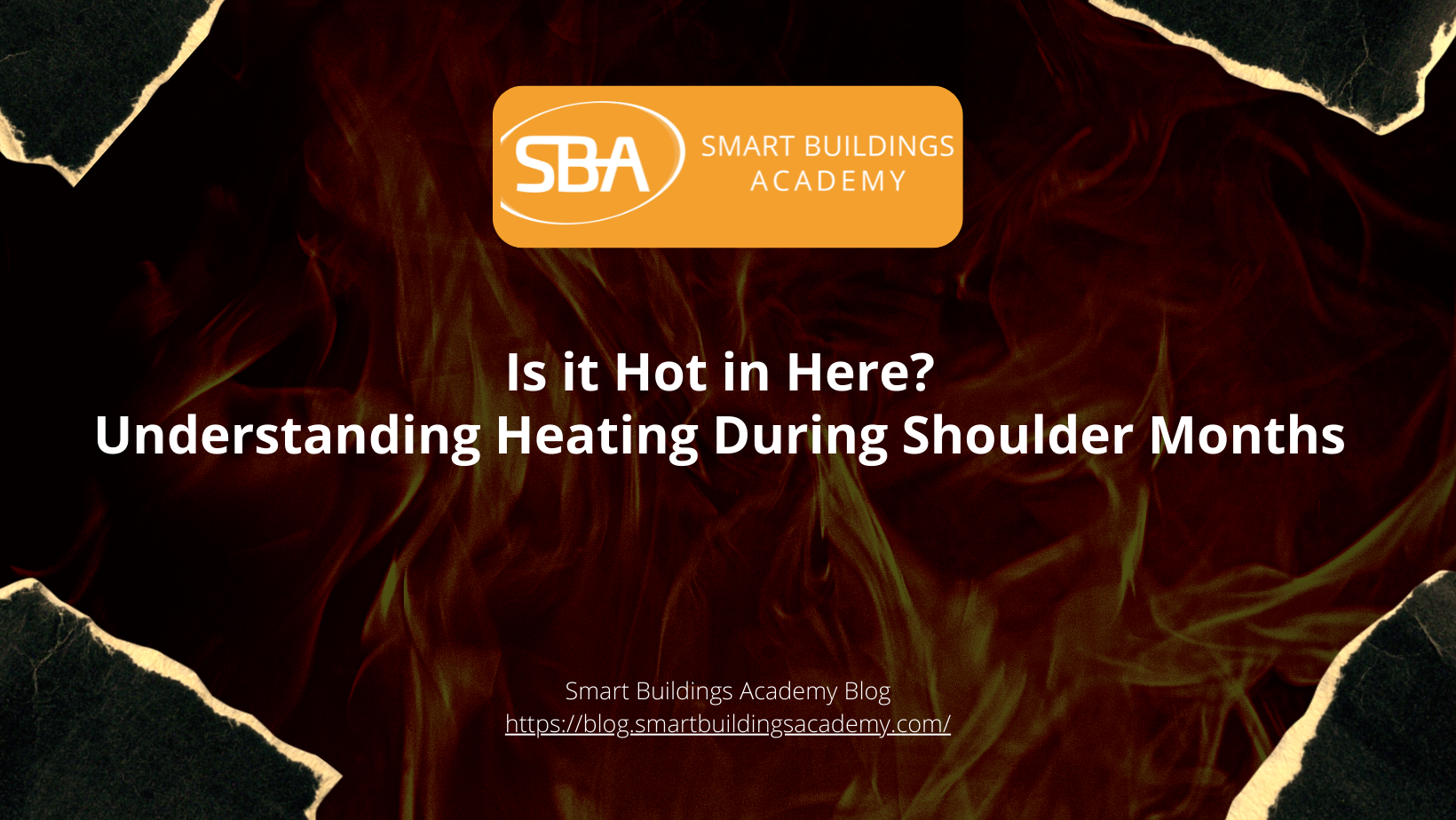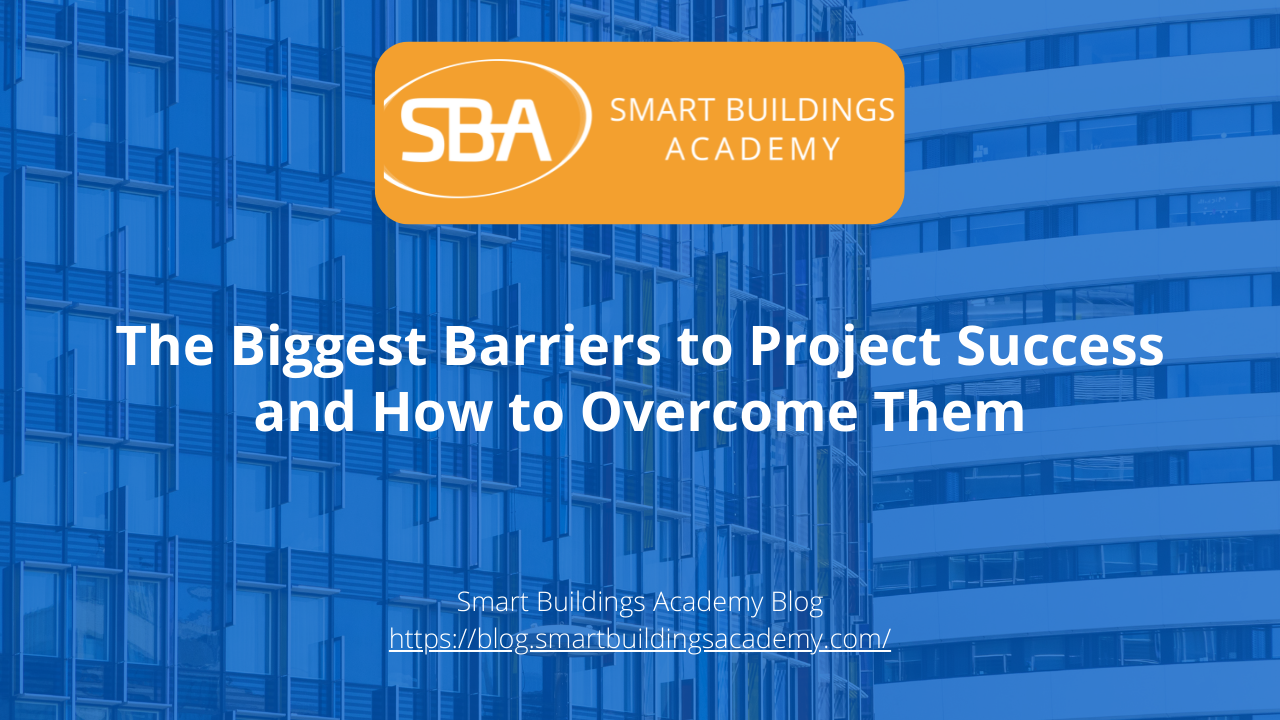Hey folks, Phil Zito here and welcome back. In this post, we are going to be talking about understanding heating during shoulder months.
So, we'll talk about what a shoulder month is, we'll talk about different strategies for dealing with morning heat loads that then turn into cooling demands in the afternoon or late morning, we'll talk about the effect of environment on kind of a heating/cooling strategy. You know, if you live in a humid area versus a dry area, your ability to influence heating and cooling loads is going to be different, so you're going to use different strategies.
All right. So, most of you know, I live in northern Arizona. I was in San Diego in March for spring break, and I will tell you, that it did get quite warm outside considering the time of year. However, in the morning, it started off quite cold.
So, that can be an issue. You start off cold, you've got this heating load, and then the sun comes out, you gain all this heat energy from solar gain, and next thing you know, you have a cooling load. Why does this happen and why is this an issue, depending on where you live more so than anything else?
Alright, if you live in an area that has humidity in the air, then you know that humidity is moisture and moisture is energy. Well, that energy, that moisture, as you learn things like heat transfer in this industry, heat retains much better in moisture and in water than it does in air. So, we have almost no moisture in Arizona. Very, very dry. So, at night, it's not uncommon, once we lose that solar gain, to see the actual environment drop from a 60-70 degree ambient this time of year, to a 20-30 degree ambient, we're talking dry bulb temperature. So, with that drop, that is a huge loss of heat because there's no moisture in the air to retain the heat. So, that delta between daytime temperature and nighttime temperature is quite substantial.
Now if you live in Louisiana, you live in Houston, you might only see a 20 degree drop. In Prescott, Arizona, I'll see that there's a 30 degree drop. So, that is a substantial difference in temperature. In a moist area, you can drop 20 degrees overnight, but in a dry area, you can drop 30 to 40 degrees overnight.
So, what does that mean from a shoulder month perspective? What are shoulder months? Shoulder months, depending on where you live, are typically February to April, and September to November. Those are months when you are still in the previous season’s primary mode. So, February to April, the previous season’s primary mode would be heating.
November to February is heating season. Obviously, if you're in Wisconsin or Maine, then it's a substantially longer heating season. On average, November to February is a pretty solid heating-only month and then using free cooling if you absolutely need cooling, and then unitary cooling for your process loads.
Now you look at September to November and that's the shoulder months from the previous season, which is a cooling scenario. So, from April to September is traditionally cooling season, you don't tend to run heat.
Now the issue comes in this shoulder month scenario, where you start off, maybe in the case of where I live 38 degrees, and by three o'clock, you're at 68 degrees. Now, why is that? That is because where I live is a dry environment, and a dry environment has no moisture in the air. Moisture retains heat energy in the form of humidity. So, that's why oftentimes, if you get more advanced in your outside air control strategies, you'll be looking at enthalpy, which is heat energy, and/or you'll be looking at the difference between outdoor and return enthalpy. You may make a decision that there's less heat energy, less moisture in the return air, thus it's easier to use mechanical cooling than it is to use outside cooling.
Alright, so what happens with this scenario here, is we start off with this heating load. I'll go through the dry scenario first and then I’ll go through the more humid scenario next. So, we start off with this heating load in the morning, and you're running heat, running heat. Then we have the solar gain. Now, depending on where your building is facing you, and depending on time of year, you could get more or less solar gain.
So, for example, the place where I work has an eastern facing block of windows. So, in the morning, the solar gain is quite significant. There is a really quick solar gain and solar heat to the exposed spaces. Why is this important? The lower level, the not exposed spaces, do not experience that solar gain, so they actually stay quite cold. So, now you run into this weird scenario, where you have one area that has a heating load and one area that has a cooling load.
Now, how do you deal with this? Well, the first thing you need to be cognizant of, is this concept of preheat, optimum start, morning warm up, whatever you want to call it. It's this concept of running the heat until you get to a stabilizing solar gain. What do I mean by that? Well, in a really dry scenario, you're not going to be retaining heat.
So, the idea of heating, and then you're warming up the moisture in the air, and then it's going to just retain and you're going to hold heat, that's not gonna happen. If you run heat in a dry environment before sunlight, and you turn off that heat, you're going to really quickly lose that heat as you introduce new fresh air. Remember, for buildings, we have to introduce fresh air. So, you're going to want to hold that heating until you get enough solar gain, that you start to heat up those spaces.
I tend to find that depends on glazing of windows, tinting, etc. Like I said, where the building's facing, if you're an eastern facing or southern facing window base, you will tend to become semi self-sufficient, depending on the temperature in a shoulder month, right around 10-11 o'clock. That's where you'll start to see that the areas exposed to solar gain are going to start to maintain temperature, and you could turn off the heat and switch to ventilation mode.
Now when you switch to ventilation mode, you do need to be cognizant that depending on outside air, you could actually still have to run the heat a little bit longer. Most of the time you can switch to free cooling or ventilation mode. There is a difference between free cooling and ventilation mode.
Free cooling is we are trying to meet a cooling load. So, we're above setpoint for our space. We're introducing cool air to cool down the space. Ventilation mode is we are simply circulating air to meet our ASHRAE 62.1 standard of which, you're required minimum ventilation based on space type, based on occupant density. We will tend to see that the solar gain will overpower our retained temperature within the space right around 2-3 o'clock. That's when we get the most solar gain. We will start to have to kick on cooling until the end of occupancy period. So that's one kind of generalized basic strategy for maintaining in a non-humid environment.
Now, another thing to consider is, what are the things you can do? Well, if you have, let's say, a typical square envelope of a commercial office building. Glazed windows all around, you're getting solar gain on the east, but on the west, you have no solar gain, and you have no humidity in the space except for what you're potentially introducing. Then you're going to run into a stratified air base. You're going to have stratification where you have cold air on the western side, hot air on the eastern side, and the same with north and south.
That ebbs and flows as you move closer to summer, depending on where you're located in the United States, or the world. The sun's going to shift, so you may get more exposure on the south, you may get more exposure on the east, you may get more exposure on the northeast, depending on what goes on.
Now, I want you to think about this view. Basically, you follow the sun across the sky, and that's where that solar gain is coming in. That is going to be your primary heat source. Now, yes, there is respiratory heat that is put off by people. That being said, when you need to consider heat load from people or processes, you want to consider ASHRAE 55. ASHRAE 55 will talk about the aspect of respiratory heat gain of the effect of airflow on the human body, etc.
So how can you deal with this need for cooling, while not sub-cooling your space, in a heated scenario? One way you can do that is increasing airflow, without increasing cooling. So, it's well known in non-humid areas, that if you can get into the shade, where you don't have the solar gain, and you can increase the ventilation, the airflow across the human body, the evaporative effect will take effect. Remember, humans reject heat by sweating. That heat comes out in the form of moisture, and the air flows across that sweat, and that moisture evaporates. That evaporation state change produces a lot of heat reduction.
So, simply by increasing airflow, whether that's through fans, through increased discharge, that ventilation mode, you are going to have a much lower cost speeding up your fan, then you are kicking on your cooling system. So, in those initial shoulder months in a dry environment, your best bet is to simply increase airflow, which will give you that evaporative effect, which can satisfy that human desire for cooler air.
You'll notice that if you study ASHRAE 55, and you study the thermal comfort corridor, as you get to a lower relative humidity, you can have a higher dry bulb temperature. So, you can have a higher dry bulb temperature and a lower relative humidity, but as we transition this discussion to a more humid space, you can't really take advantage of that.
Alright, so now let's go through scenarios where you are in a moist environment. So, there are kind of two environments we're controlling to. We're controlling to either a drier environment or a moist environment, a humid environment.
Humidity actually can somewhat help in your shoulder months on the heating side, not so much on the cooling side. On the heating side it can help because moisture retains heat. If you've ever been in a moist space, you feel muggy, you feel warm. So, people can feel warmer with humidity, so you can heat up your space, and then depending on the relative humidity, you will actually retain heat within that space longer.
Now, I mean, there's a lot of factors that come into this. There are insulation factors there, amount of insulation and type of insulation. There are the pressurization factors, is this a positive or negatively pressurized building. There are factors to consider around if any objects within the space retained or lost heat. Concrete floors with metal cabinets are going to hold a lot less heat than wood and carpet.
So, you need to be cognizant of the interior. If you can preheat that space, it will retain heat longer. So, whereas in the drier environment, you have to keep heating until the solar gain comes. In a more humid environment, you can heat and then you can just go to ventilation mode quicker. Usually, by like 9 o'clock, you'll see a pretty big swing, and then as you heat up that space, and you've retained that heat, now you move to ventilation mode.
Now, the issue becomes humidity. As air gets warmer, that relative humidity is going to decrease, but the amount of moisture that can be retained by the air as it gets warmer is going to increase.
If you've ever looked at a psychrometric chart, it is an up facing curve. That curve that is increasingly going up is the amount of grains of moisture per pound of dry air. So, as you move to a higher dry bulb temperature, you're able to retain more moisture in the air. That's why we sub cool air to remove humidity. We bring it to dew point, then we sub cool it. So, we bring it to full saturation, sub cool it, wring out the air, and then warm it back up and it is drier air.
The issue with warming air up, potentially, is that you can allow for more moisture to be in that air stream. So now we've got a potential humidity issue in these scenarios.
In addition to that, you're going to need to work mechanical cooling more in a humid environment than a dry environment. So, what we want to be aware of is that we're going to be able to use free cooling, not necessarily as much, in a humid environment. So, that humid environment is going to have more moisture in the air, it's going to have more enthalpy. So, as it's colder in a humid area, you tend to have more relative humidity. As temperature decreases, relative humidity tends to go up, as temperature increases, relative humidity tends to go down. That doesn't mean that the amount of moisture in the air is less. 30% relative humidity at 90 degrees can be significantly more than 45% relative humidity at 60 degrees.
So how do you deal with that? Well, this is where you're actually going to take advantage of the moist air and you're going to actually kick on cooling sooner. The sooner you can do it, the quicker you're going to keep the humidity out of the air. By keeping the humidity out of the air, people aren't going to feel as hot and sweaty. You're going to be able to take advantage of the evaporative effect and you're going to be able to cool people down easier.
So, I know there's a lot of science in this discussion, and I kind of went super high level on it. There's much deeper science in this, but what I want you to take away from this is that in the shoulder months, with the heating load, you're going to have to heat up the building in the morning. Some ways you can mitigate this heating load, as I mentioned, is by implementing better insulation, implementing better window glazing, window shades that allow solar gain through and then close to reduce solar gain once you've satisfied the space. Those are all great ways.
Do remember though, that in drier environments, because there's no moisture in the air, the heat retention is going to be less, so you're going to have to run the heat longer. But the benefit is the heat’s going to disperse faster, so you're going to have to run the cooling less. Whereas in a moist environment, you're going to have to run the heating less because the moisture is going to absorb the heat, but you're going to have to run the cooling more, because you're going to have to remove that moisture in order to keep the relative humidity down, because that moisture is going to contain heat energy.
So, let me know, did this help you better understand what's going on during the shoulder months? Did it help you better understand kind of how the heating works and how cooling works? Let us know in the comments. If you have your own strategy for controlling heating and cooling loads during the shoulder months, I'd love to hear from you about them.
Thanks a ton and take care.





